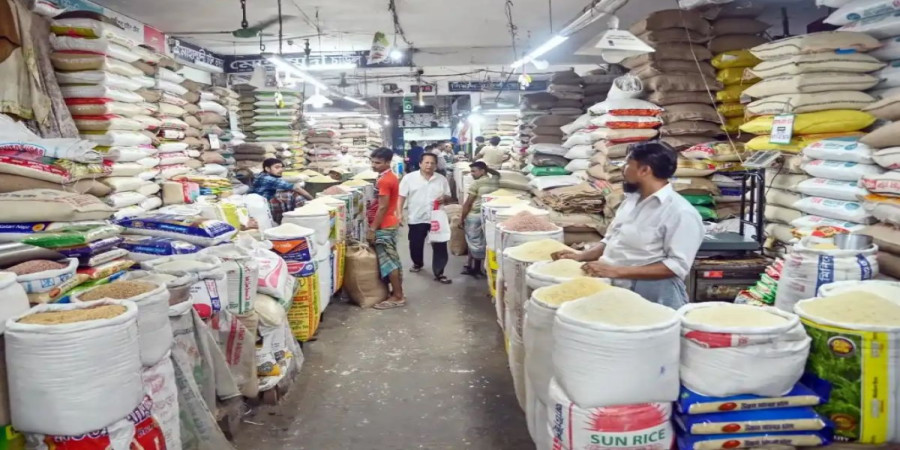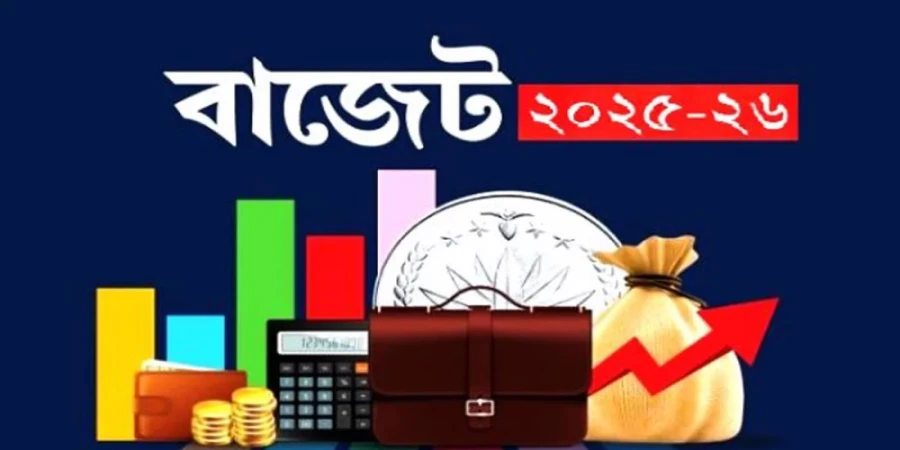
ছবি: Photo: Collected
Rice prices in Bangladesh are experiencing severe instability, with prices increasing daily despite an adequate supply of rice in the market. In the last few weeks, the price per 50 kg bag has surged by 200-250 BDT. In the past month alone, rice prices have risen by an average of up to 8%. Market insiders attribute this price hike to the powerful syndicates formed by mill owners, stockpilers, wholesalers, and large corporate entities who have monopolized the market. These profit-driven syndicates are creating artificial shortages by hoarding rice, pushing up prices. As a result, the government’s initiatives to stabilize the market are failing. However, those involved in the syndicates are denying any wrongdoing.
Market Overview and Price Trends
Businessmen report that the highest demand in the market is for medium-sized BR-28 and Pajam rice, mostly consumed by the middle class. On Saturday, these varieties were being sold at retail prices between 58-64 BDT per kg. Meanwhile, coarser varieties like Gutti Swarna and China Iri were priced at 52-55 BDT per kg, and finer rice like Miniket was being sold for 70-80 BDT per kg. Three months ago, the prices of coarser rice were between 48-50 BDT, medium rice 54-58 BDT, and fine rice 68-70 BDT per kg.
According to the Trading Corporation of Bangladesh (TCB), in the past month alone, the price of fine rice has risen by nearly 4%, medium rice by 8%, and coarse rice by 2%. The price hike is even more pronounced when compared to the same period last year, with an average increase of 12% across all types of rice.
Rice Availability vs. Market Manipulation
Although there is no rice shortage, millers have been reducing supply to drive prices up. Syndicates, composed of millers and corporate players, are believed to have been controlling the market. Despite good rice production this year, artificial shortages are being created by hoarding, particularly by major corporations that dominate the market.
Wholesale traders in Mohammadpur Agricultural Market, a major hub for rice in Dhaka, have explained that mill owners are raising rice prices, citing the rise in paddy prices. Additionally, news of expected lower production in the coming seasons is also affecting prices.
Impact of Imports and Government Response
Despite the government’s decision to lift import duties and taxes to increase rice imports, the market is seeing little change. Importers are being dissuaded from bringing in rice, partly because the cost of importing rice from India is still higher than domestic prices. Importing rice from countries like Myanmar or the Philippines is not a viable option, as it does not align with local consumption habits.
While the National Board of Revenue (NBR) reports a mere 1,957 tons of rice imports between July and October of this fiscal year, the Food Ministry has stated that the current rice stock in the country stands at 968,000 tons, far below the usual safety stock of 1.1 million tons.
Call for Strict Monitoring and Action Against Syndicates
Industry insiders suggest that the government should focus on increasing imports of cheaper rice varieties, particularly from India, to control domestic prices. Furthermore, strict market monitoring and action against hoarders and syndicates could help stabilize prices. However, the business community denies any significant role in the price increase, blaming external factors like corporate dominance and global market fluctuations.
Measures for Boosting Rice Stocks
The government has taken steps to increase its rice stock by offering to purchase rice at fixed prices from local producers. The Food Ministry recently decided to buy 350,000 tons of rice this year to bolster reserves. Furthermore, the government plans to import 50,000 tons of basmati rice from India to stabilize the market.
Global Rice Market and Domestic Challenges
On the global front, rice prices have decreased by 11% compared to last year, but costs remain high for imports due to additional charges and shipping costs. Despite this, the government is under pressure to boost domestic supplies, particularly through the importation of cheaper rice varieties from India.
Economists are urging the government to take more proactive steps to ensure that rice prices remain within reach for consumers, especially in light of the increasing demand for rice in Bangladesh's domestic market.
repoter






